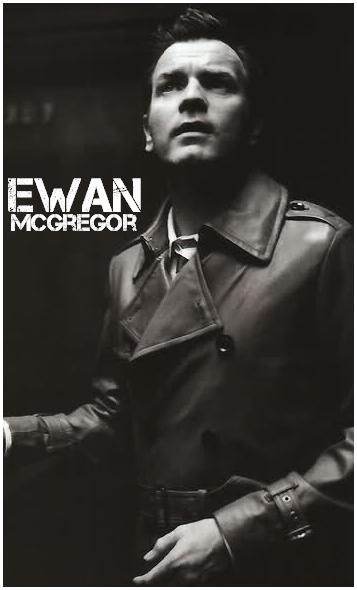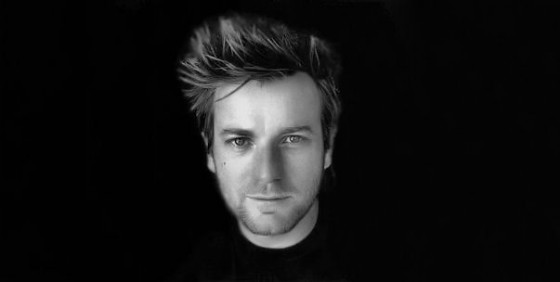I took this opportunity to ask Campbell about the US perception towards Thailand's protracted crisis. Campbell frankly replied that the Obama administration was more concerned about the rising violence in Thailand than political repression in Burma. This was because Thailand has long been one of the US's closest allies in Asia and the US has a major stake in the kingdom's political stability.
Since October 2009, the Thai situation has gone from bad to worse. And during the past few days, Bangkok's streets were filled with blood. The government, on 13 May 2010, ordered its second crackdown on the red-shirted protesters. The deadly confrontations between the red-shirts and the security forces have so far resulted in almost 40 people killed and more than 200 injured. The US has every reason to be anxious about the situation that has obviously gone out of control.
Recently while on his way to Naypyidaw, Campbell made a brief stopover in Bangkok. On 9 May 2010, he held a meeting with Chaturon Chaisaeng, the disbanded Thai Rak Thai Party's former leader, Noppadon Pattama, legal adviser of former Prime Minister Thaksin Shinawatra, and key leaders of the red-shirted United Front for Democracy against Dictatorship (UDD). Campbell claimed that he just wanted to hear about the red-shirts' position and response to Abhisit's proposed roadmap.
This profoundly infuriated Foreign Minister Kasit Piromya who condemned the US government for "meddling" in Thai internal affairs. The next day, Kasit summoned US ambassador to Thailand Eric John to the Ministry for a 45-minute lecture. Later, Chavanond Intarakomalyasut, assistant to Kasit, revealed that the Foreign Ministry opposed talks between the US official and people attempting to oust the government in demonstrations which involved armed men.
Chavanond reportedly stated, "The political situation was sensitive and the red shirts' campaign was considered an act of terrorism or rebellion to overthrow the government. The US should be careful in meeting any political groups as they could use the opportunity for their own benefit." Kasit must have known well the definitions of "terrorism" and "rebellion" to overthrow the government. As one of the leaders of the yellow-shirted People's Alliance for Democracy (PAD), Kasit employed the same tactic as seen today by the UDD. He was one among those who seized the Suvarnabhumi Airport in November 2008. Kasit, together with the PAD members, also attempted to unseat the elected governments of Samak Sundaravej and Somchai Wongsawat. The only difference is that Kasit has not yet been prosecuted for his unlawful actions.
I supported Campbell's latest move even when it could be considered as interference in Thai politics. His meeting with the red-shirted leaders was significant. On the US's part, it signals the shift of the US policy toward Thailand—a shift that reflects the reality in the Thai-US relationship.
During the Cold War, the US forged its close alliance with the Thai military and the powerful old elite while compelling the government of the day to formulate a pro-American, anti-communist, and even anti-democracy policy—all were carried out in the name of containing the spread of communism in Southeast Asia. Consequently, Thailand endured a series of despotic regimes in order to satisfy the US government and to receive generous military aid. When the Cold War was over, the US continued to uphold its intimate relationship with Thailand's established forces, believing that they represented the US's long-term interests in this country.
The US's pro-elite position explained why it did not come out harshly against the military coup of September 2006. Perhaps, because Thaksin was a threat to the Bangkok elite, he thus was also a threat to the American interests. And indeed, since the coup, the US remained relatively silent about the worsening situation in Thailand. Hence, Campbell's personal meeting with the red-shirted leaders symbolised a shift in the US stance vis-à-vis political developments in Thailand.
In looking back, despite a strong bilateral foundation, Thai-US relations were confined within an old structure and simply taken for granted. Whereas bilateral relations have been amicable, at a deeper level, new developments, either domestic or international, are gradually reshaping long-established ties. Rapid democratisation and economic development in Thailand have in recent years paved the way for a more open society and the emergence of new political players. Yet, US leadership failed to appreciate these new changes.
The US has probably learned that the Thai public, "yellow" or "red", has become more engaged in the political process than ever before and has more influence on public and foreign policy. Sadly, both Kasit and the Foreign Ministry are still been trapped in a Cold War mindset that expects the US to maintain its pro-elite position. In the meantime, Thailand has become a more mature society.
In the current turmoil, not everyone in Thailand approves of the red-shirts' violent demonstrations. Likewise, some of them disapprove the state's heavy-handed measures against the protesters. But from Washington's point of view, there is a need to preserve channels of communication with both the government and the UDD. The US has recently done so in the case of Burma - Washington has entered in a dialogue with the ruthless regime in Naypyidaw, and not just with Aung San Suu Kyi.
In the old days when Kasit campaigned for the ouster of Thaksin-backed regimes, he reached out to Thailand's foreign allies to deligitimise the former. If so, why can't the red-shirts now do the same thing? Or is this just another case of double standards in the maelstrom that had gripped Thai politics?
--
Kind Regards;
VK Pandey

















